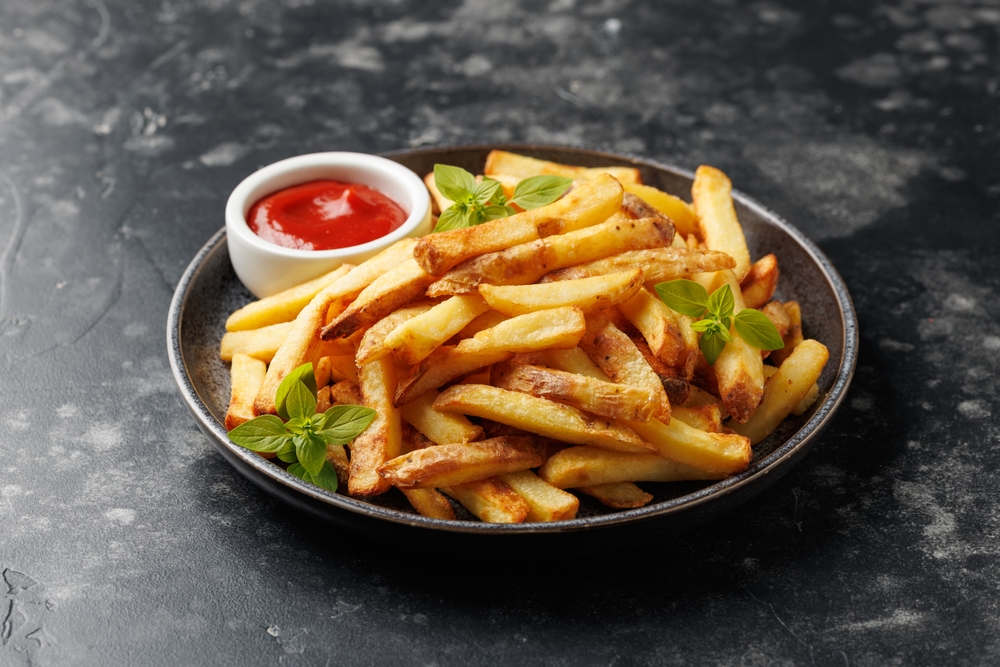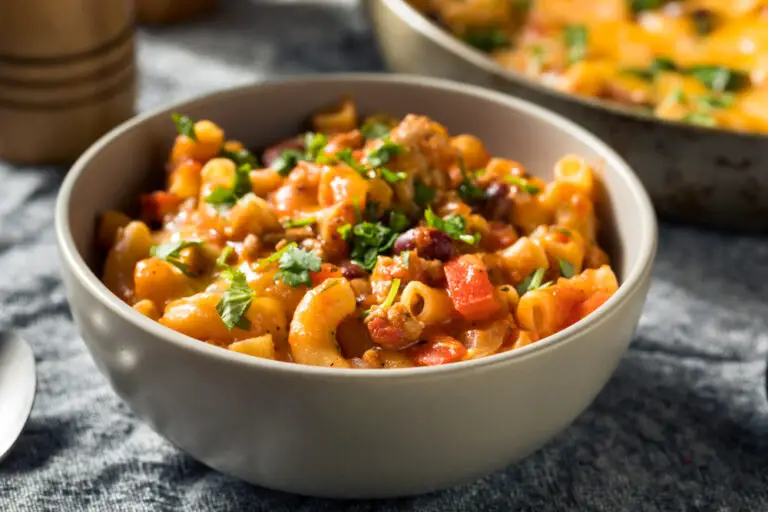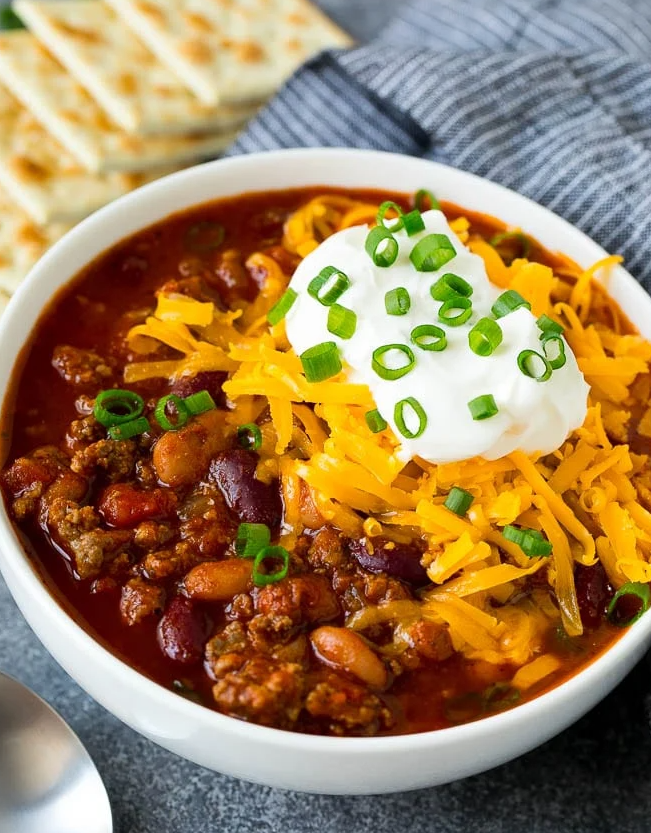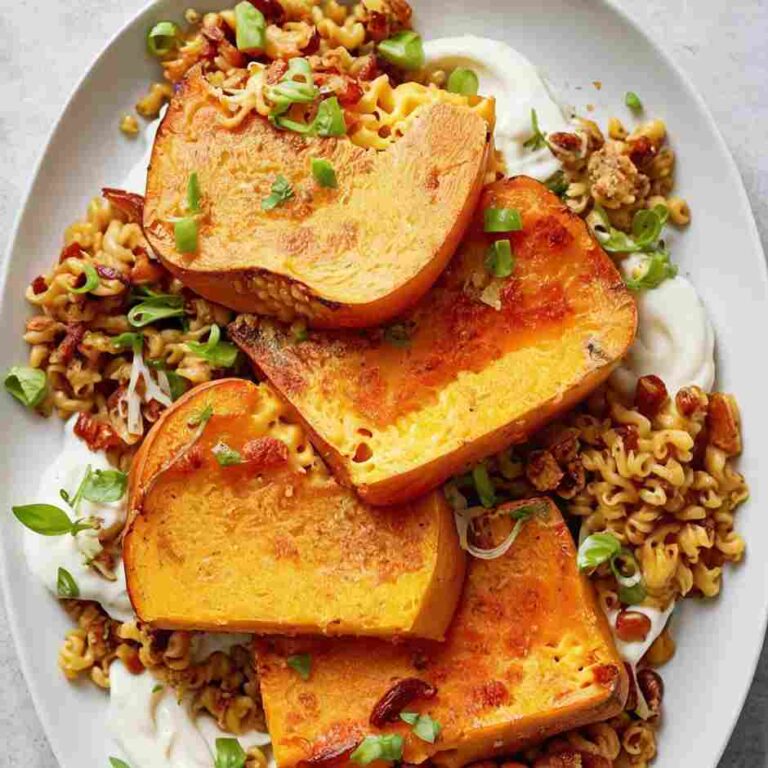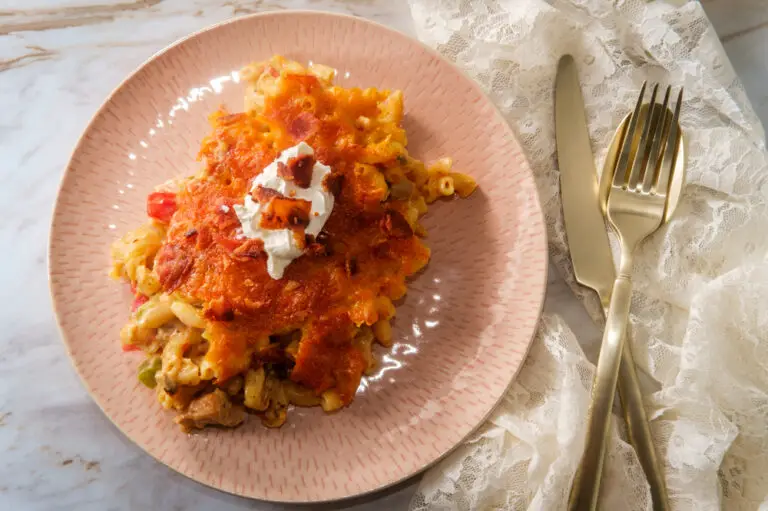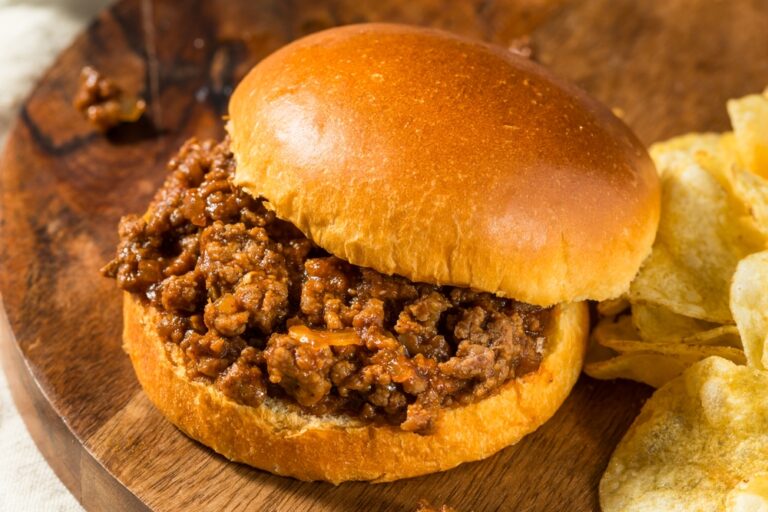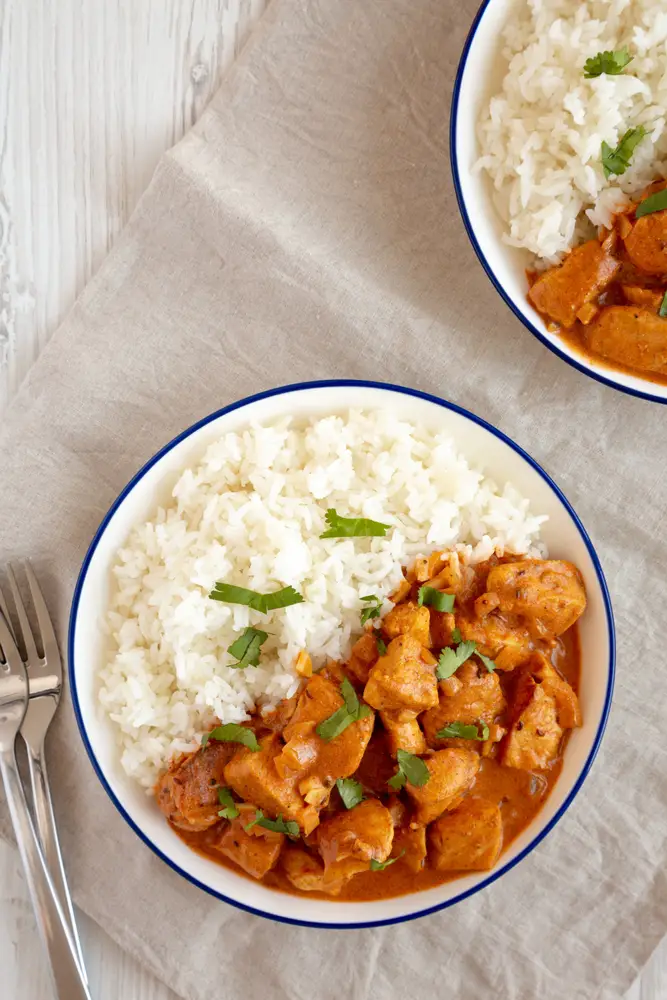Homemade French Fries: Step-by-Step
Elevate your snacking game with this ultimate French fries recipe, where golden perfection meets unmatched crispiness. A trifecta of techniques—soaking, drying, and double-frying—ensures that each fry is seasoned to its core and irresistibly crunchy.
The magic begins with simmering potato sticks in a flavorful vinegar-brine, enhancing the taste from the inside out. Following an overnight rest in the refrigerator, these fries are prepped for a two-step frying process that creates a beautiful crust and achieves the perfect golden hue.
Whether enjoyed solo or paired with your favorite dipping sauce, these fries promise to be the star of any meal or gathering. Get ready to savor the crispy delight that keeps everyone coming back for more!

The Best French Fries: Ingredients
- Russet Potatoes: The foundation of any great fry, russet potatoes boast a high starch content, yielding a crispy exterior and fluffy interior that make each bite irresistible.
- Apple Cider Vinegar: A splash of this tangy vinegar not only enhances flavor but also helps to season the fries deeply, ensuring a delightful taste in every mouthful.
- Kosher Salt: Essential for bringing out the natural flavors of the fries, kosher salt provides the perfect seasoning that balances the richness of the oil and the earthiness of the potatoes.
- Peanut Oil: Renowned for its high smoke point, peanut oil delivers the ideal frying environment, allowing the fries to achieve a golden color and crisp texture while minimizing oil absorption.
The Best French Fries: Enhancements for Your Recipe
French fries are a classic comfort food that everyone loves. With this recipe, you’ll not only achieve perfectly golden and crispy fries but also keep them crispy for hours. To elevate your French fry-making experience, here are some essential tips, serving suggestions, and frequently asked questions to enhance your culinary journey.
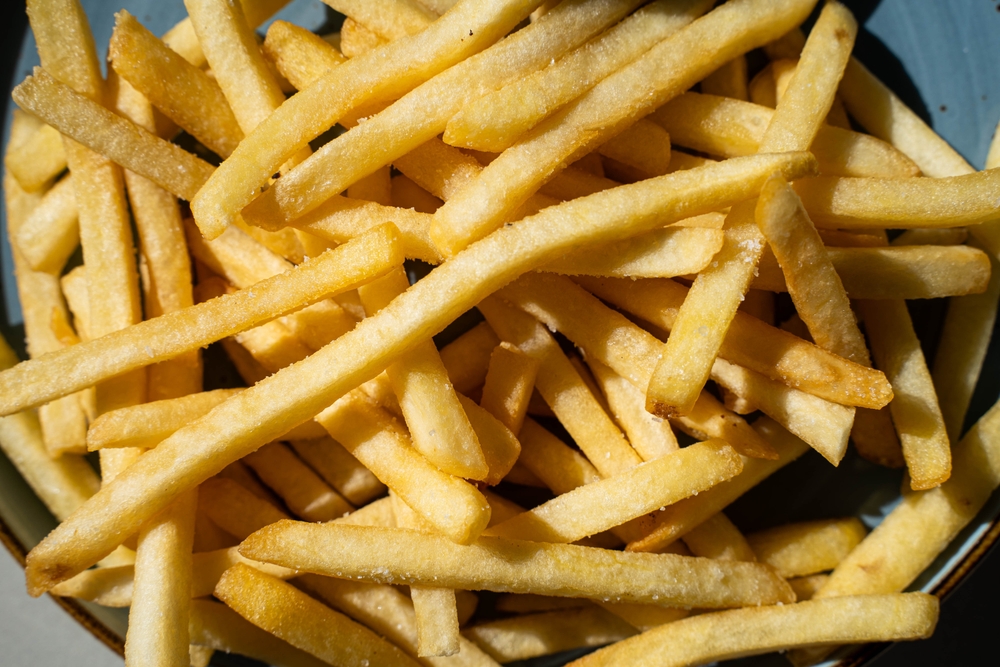
Recipe Tips
- Choosing the Right Potatoes: For the best results, stick with russet potatoes. Their high starch content contributes to a fluffy interior and a crisp exterior. Make sure they are fresh and firm, as older potatoes may have a higher sugar content, leading to uneven frying.
- Perfect Drying Technique: After boiling, it’s crucial to dry the potato sticks thoroughly before frying. If they’re still damp, the moisture will steam them instead of frying them, resulting in soggy fries. A great tip is to spread the drained potatoes on a baking sheet and let them air dry for at least 30 minutes before refrigerating them overnight.
- Double Frying Method: The key to achieving that perfect texture lies in the double frying method. The first fry creates a crust without adding color, while the second fry gives them a golden hue. Make sure to monitor the oil temperature closely to ensure the fries cook evenly. A deep-frying thermometer is essential for this step, so don’t skip it!
What to Serve with French Fries
- Dipping Sauces: French fries are incredibly versatile when it comes to sauces. Classic ketchup is always a favorite, but you can also serve them with creamy ranch dressing, tangy barbecue sauce, or even spicy aioli for an elevated taste experience. Consider offering a variety of sauces for a fun dipping station.
- Burgers and Sandwiches: Pair your crispy fries with juicy burgers or hearty sandwiches. A classic cheeseburger complements the fries perfectly, allowing you to enjoy the delightful contrast of flavors and textures. Whether it’s a grilled chicken sandwich or a plant-based burger, the combination will satisfy any craving.
- Salads: For a lighter option, serve your French fries alongside a fresh salad. A crisp Caesar or a Mediterranean salad with feta and olives balances the richness of the fries. This pairing adds freshness to your meal, making it feel more complete without overwhelming your palate.
FAQ
- Can I use other types of potatoes?
While russet potatoes are preferred for their texture, Yukon Gold potatoes can also work. They will yield a slightly different texture but can still produce tasty fries. - What if I don’t have peanut oil?
If peanut oil isn’t available, you can substitute it with canola oil or vegetable oil. Both options have a high smoke point and work well for deep frying. - How do I store leftover fries?
To maintain their crispiness, allow the fries to cool completely, then store them in an airtight container in the refrigerator. When reheating, use an oven or air fryer to regain their crispy texture. - Can I make these fries in advance?
Yes! You can boil and refrigerate the fries a day ahead. Just ensure you follow the drying process after boiling to keep them crisp during the frying stages. This way, you can enjoy freshly fried fries with minimal effort when you’re ready to serve.

Homemade French Fries: Step-by-Step
Ingredients
Method
- Special Equipment
- A deep-frying thermometer
- Begin by placing the potato sticks in a large saucepan, adding the vinegar and 2 tablespoons of salt along with 2 quarts of water. Bring the mixture to a vigorous boil over high heat, then lower the temperature to medium and simmer until the potatoes are tender yet firm, approximately 8 to 10 minutes. Afterward, drain the potatoes thoroughly and lay them out in a single layer on a baking sheet lined with paper towels. Refrigerate them overnight to allow for proper drying.
- Heat about 2 inches of peanut oil in a large Dutch oven until it reaches a temperature of 400 degrees Fahrenheit. Carefully add one-third of the potato sticks to the oil, ensuring the oil temperature drops to around 360 degrees Fahrenheit. Cook the fries, stirring occasionally with a wire-mesh spider, until a crust forms on their exterior without developing any color, taking about 30 to 50 seconds. Transfer the fries to another paper towel-lined baking sheet. Repeat this process with the remaining batches, ensuring the oil temperature returns to 400 degrees Fahrenheit between each batch. Allow the potatoes to cool to room temperature, which should take about 30 minutes.
- After the cooling period, increase the oil temperature back to 400 degrees Fahrenheit over medium-high heat. Fry half of the cooled potato sticks until they are crisp and golden brown, adjusting the heat to maintain a temperature around 350 degrees Fahrenheit, which should take approximately 3 1/2 to 4 minutes. Drain the fries in a bowl lined with paper towels and season them immediately with salt. Repeat this frying process with the remaining fries. Serve them hot with your favorite sauces.

